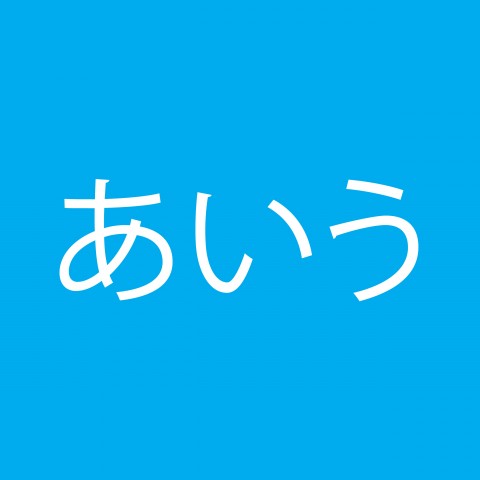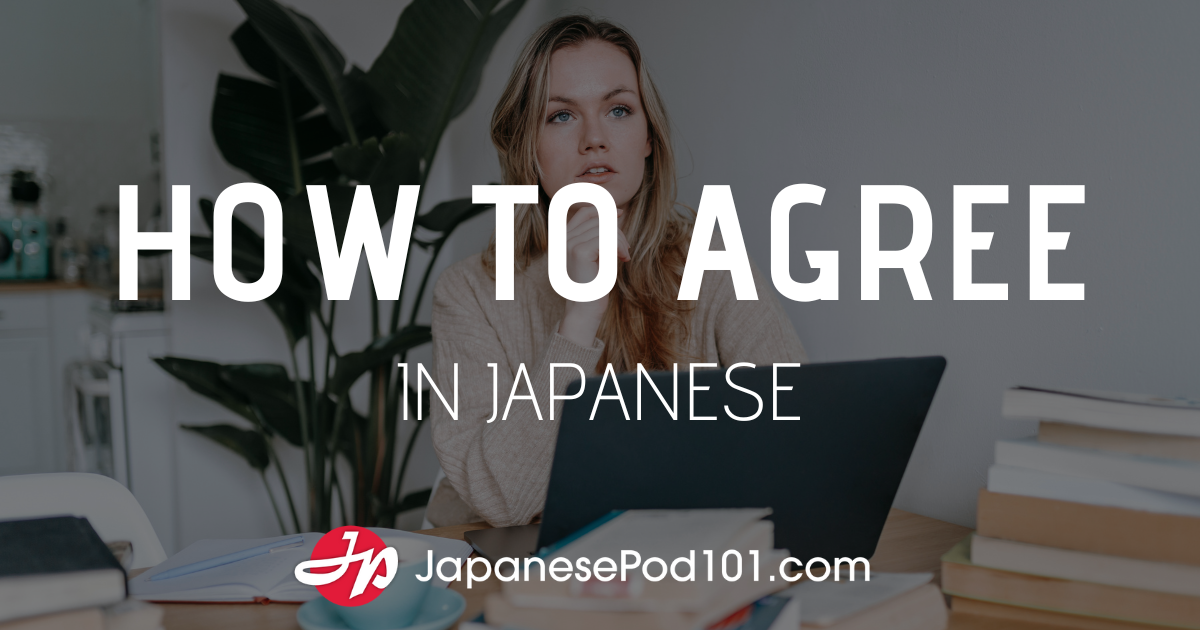March 8, 2019
The 5 Best Cities to Visit in Japan & Things to Do
Japan is a lovely place, decorated with frills of excitement and laced with serenity. But we’ll admit that some destinations in this unique country that you may enjoy visiting more than others. So in this article, JapanesePod101.com will introduce you to the top five destinations in Japan along with fun things to do in each. Your visit or move to Japan will be all the better for it!
1. Kyoto
The former imperial capital of Japan, Kyoto lays claim to the “Cultural Capital of Japan.” In addition to being Japan’s biggest tourist destination and cultural center, attracting more than ten-million visitors every year, it’s preserved much of the atmosphere of the past.
There are so many things Kyoto has to offer and several places to... Show more
February 27, 2019
What is White Day in Japan? Celebrate Japanese White Day!
On White Day, which is precisely one month after Valentine's Day, men return the favor for the chocolates they received on February 14th. Whether the chocolate was given to them out of a sense of obligation or love, men who receive chocolate on Valentine's Day return the favor by sending gifts including sweets.
Since ancient times, Japan has had a custom in which a person should give something in return for any gift that they receive. This idea is probably unique to Japan, because its people place great importance on honesty and politeness in interpersonal relationships.
Learn more about White Day in Japan to gain a better understanding of the culture. This will also help you learn Japanese in context, which is an absolute must!... Show more
February 7, 2019
How to Say I Love You in Japanese – Romantic Word List
Do you often feel lonely and sad? Do you long for romance and are willing to do whatever it takes to meet that special person? Speaking another language could revolutionize your love life! So, why wait? Learning how to say ‘love’ in Japanese could be just what you need to find it.
Or perhaps you were lucky, and have found your Japanese partner already. Fantastic! Yet, a cross-cultural relationship comes with unique challenges. Learning how to speak your lover’s language will greatly improve your communication and enhance the relationship. At JapanesePod101, our team will teach you all the words, quotes and phrases you need to woo your Japanese lover with excellence! Our tutors provide personal assistance, with plenty of extra... Show more
February 1, 2019
Secret Revealed: The Best Way to Learn a Language on Your Own
Can You Really Learn Japanese Alone?
Learning a language on your own or without traditional classroom instruction may seem quite daunting at first. What if you run into questions? How do you stay motivated and on track to achieving goals?
Don’t worry, not only is it possible to learn Japanese or any language without traditional classroom instruction: JapanesePod101 has created the world’s most advanced and extensive online language learning system. Not only is JapanesePod101 specifically designed to help you with learning a language on your own, it’s actually faster, more convenient, and less expensive than traditional classroom options!
Let’s look at some of the benefits of learning Japanese or any language alone.
Also, don't... Show more
January 30, 2019
Setsubun: Celebrate the Japanese Bean-throwing Festival!
Japan is a country with quite a rich culture and history, and the Setsubun Festival reflects this. Find out why the Japanese hold the Bean-throwing Ceremony each year and much more about this holiday’s events with JapanesePod101.com!
After you’ve learned about this holiday, you’ll have gained much insight into Japan as a whole. So let’s get started by finding out what exactly the Setsubun Festival is.
1. What is Setsubun Day?
Setsubun Day, also known as the Japanese Bean-throwing Festival, is a unique Japanese holiday. Essentially, the Bean-throwing Festival is celebrated as a way of chasing demons away and summoning good fortune.
In ancient times, many believed that evil spirits were born during the changing of the seasons,... Show more
January 25, 2019
Language Learning Tips: How to Avoid Awkward Silences
Yes, even beginners can quickly learn conversational Japanese well enough to carry on real conversations with native speakers. Of course, beginners won’t be able to carry a conversation the same way they could in their native language. But, just knowing a few tips like which questions to ask to keep a conversation going are all you need to speak and interact with real native speakers! But before we get to specific suggestions, let’s first take a closer look at how having real Japanese conversations is so vital to your mastery of the language.
Learning to Carry a Conversation is Vital to Mastery of Any Language
Communicating with other people is the very point of language and conversation is almost second nature in our native tongue. For... Show more
January 21, 2019
Supplement Your Japanese with LiveFluent
Are you ready to take the vocabulary, cultural knowledge, and the confidence you’ve gained through JapanesePod101.com and deepen it? Our trusted partner LiveFluent seeks to shed light on the lesser talked-about aspects of learning—and grasping in its full essence—a new language.
1. Immersion
LiveFluent holds the view that a vocab list and good memory are not enough to become fluent in a language. You need to live that language and that culture; you need to actively apply the language you’re learning to the real world and not look back.
The necessity of immersion in mastering a language is quite interesting. This tactic implies that you go and live in the country of the language you’re studying if possible. As LiveFluent points... Show more
January 18, 2019
How to Transform Your Daily Commute Into Learning a Language
Today, classrooms are no longer the only or even best place to learn a new language like Japanese. More and more people are finding that they can easily learn a language just about anywhere they have a few minutes of spare time, including their daily commute to work. According to the U.S. Census Bureau, the average American spends over 50 minutes a day commuting to and from work, or over 300 hours a year.
Rethinking Your Daily Commute to Work
But rather than simply sitting in traffic and wasting the time, you can instead use your daily commute to literally learn Japanese in just a few short months! JapanesePod101 has developed specialized learning tools that you can use on your commute to work (and home again) to master the language... Show more
January 12, 2019
How to Say Hello in Japanese: Practical Japanese Greetings
Greetings are the most important things to learn when learning a new language. Japanese greetings are not only words of greeting, but also reflect the very Japanese culture, much more so than in other languages. Have you heard of the cultural features of Japanese politeness?
Yes, it’s also embedded in the language. The Japanese language has the formal and informal styles, and the formal style is even divided into three honorific languages with different levels of politeness. So in short, you’ll also learn the Japanese culture by learning how to say hello in Japanese.
The Japanese language also has particular greetings only used for particular occasions, such as on the phone, at work places, in the service sector at restaurants and... Show more
January 10, 2019
Seijin No Hi: Celebrate Japanese Coming of Age Day in Japan
Learning about the different holidays in Japan is a great step in better understanding Japan’s culture. This is because Japanese holidays and traditions offer both insight into the country’s past and values, as well as opportunities to learn the language itself more efficiently. (Because context can mean everything!)
In particular, Coming of Age Day in Japan holds great value to the country’s youth and elderly alike. This is a day to celebrate all of those Japanese youth who have turned 20 years old, Japan’s legal age of adulthood.
In addition to celebrating this momentous occasion in every Japanese adult’s life, this day is also designed to encourage them to be the best adults they can be.
Despite the fact that what was once one... Show more









